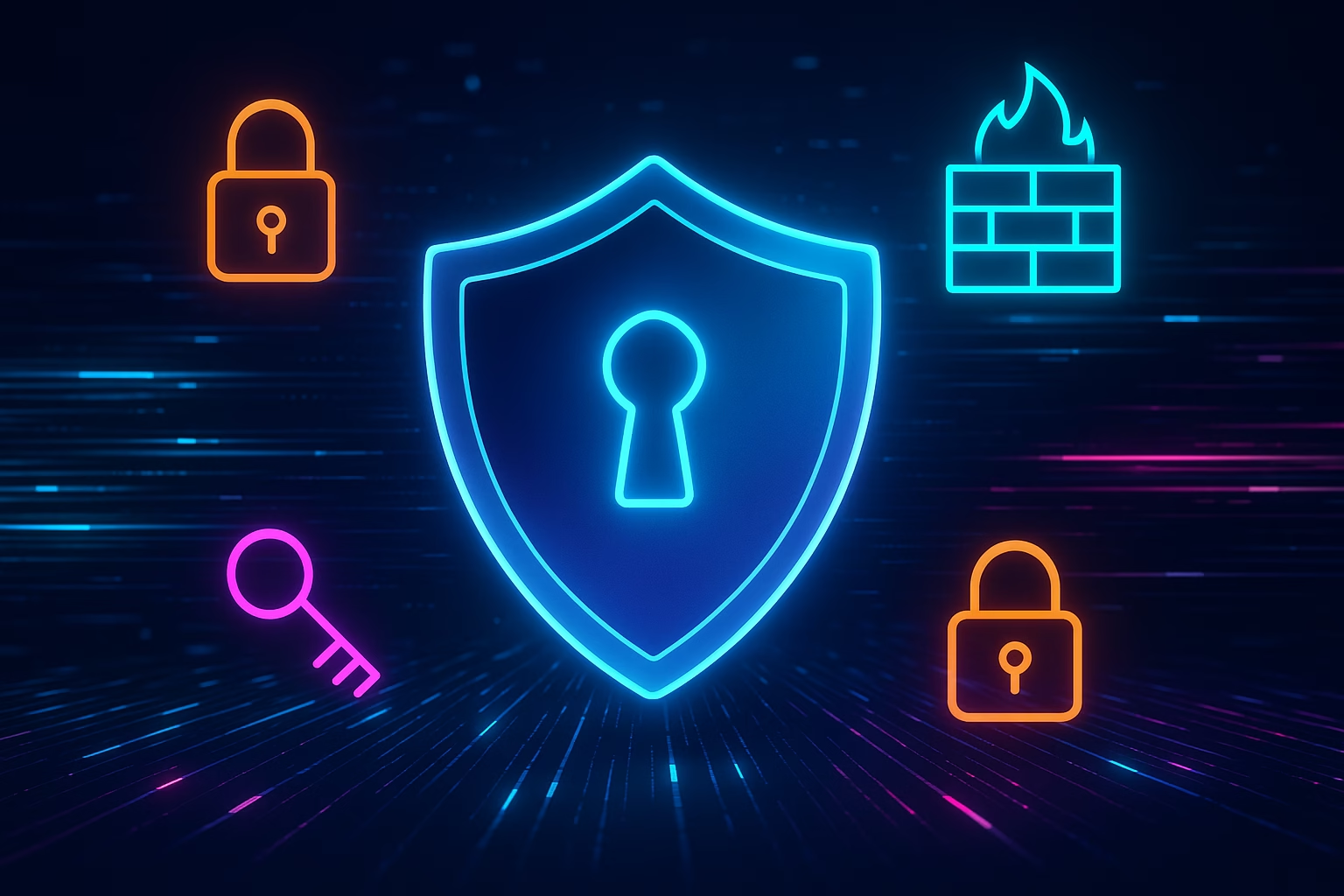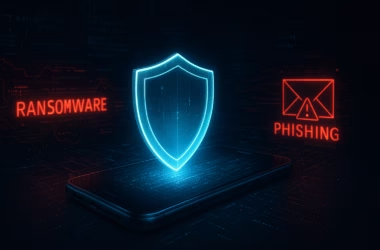Emerging Cybersecurity Trends to Watch in 2025
Introduction
As the digital landscape continues to evolve, so do the threats and technologies designed to defend against them. 2025 will be a transformative year for cybersecurity as new technologies, such as AI and quantum computing, become more integrated into security systems. In this post, we will explore the top cybersecurity trends to watch in 2025 and how businesses and individuals can protect themselves from the ever-evolving digital threats.
1. AI-Powered Cybersecurity
AI is playing an increasingly important role in the field of cybersecurity. In 2025, AI systems are expected to automate security responses, detect anomalies, and even predict cyberattacks before they happen. This technology enables real-time threat detection and faster response times to mitigate attacks.
- AI for threat detection: AI systems can analyze network traffic and identify potential vulnerabilities in real-time.
- Automated threat response: Machine learning models can automatically neutralize threats and prevent data breaches.
- AI-driven predictive analysis: AI can predict future attacks based on historical data and patterns.
2. Quantum-Safe Encryption
Quantum computing poses a significant threat to traditional encryption methods, and as quantum computing advances, the need for quantum-safe encryption becomes more urgent. In 2025, businesses will begin adopting quantum-safe encryption algorithms to secure their sensitive data against the power of quantum computers.
- Post-quantum cryptography: Cryptographic algorithms that are resistant to quantum computer decryption will become a standard in protecting sensitive data.
- Quantum-resistant key exchange: Encryption protocols will use quantum-resistant key exchange methods to prevent quantum attacks.
- Data security in a quantum world: Quantum-safe encryption will be vital for securing financial transactions, government data, and personal information.
3. Zero Trust Architecture
The Zero Trust security model has been gaining momentum over the past few years, and by 2025, it will be an essential strategy for many organizations. The Zero Trust model assumes that no one, whether inside or outside the network, can be trusted by default. Instead, all users and devices must be authenticated and authorized before accessing any system or data.
- Identity and access management: Zero Trust systems use multifactor authentication and role-based access control to enforce security policies.
- Continuous monitoring: Zero Trust relies on continuous monitoring and verification of user activity to detect and prevent threats.
- Micro-segmentation: By segmenting networks into smaller, more secure areas, Zero Trust reduces the attack surface and limits the impact of potential breaches.
4. Cloud Security and Data Protection
As more businesses move to the cloud, securing cloud-based infrastructure and data will be a top priority in 2025. Cloud security tools will evolve to provide more granular control over cloud environments, ensuring that data remains protected in transit and at rest.
- Cloud-native security: Security will be built into cloud infrastructure from the start, with automated threat detection and real-time incident response.
- Cloud data encryption: End-to-end encryption will become more common, ensuring that only authorized users can access sensitive cloud data.
- Cloud access security brokers (CASBs): CASBs will help businesses manage access to cloud applications and enforce security policies across multiple platforms.
5. Ransomware Defense Evolution
Ransomware attacks continue to be a major threat to businesses and individuals. However, in 2025, cybersecurity solutions will be better equipped to defend against these attacks. By leveraging AI, machine learning, and advanced endpoint protection, organizations can improve their ransomware defenses.
- AI-powered ransomware detection: AI will identify ransomware threats early by analyzing patterns of behavior and network traffic.
- Backup and recovery: Businesses will adopt robust backup and recovery solutions to minimize the damage caused by ransomware attacks.
- Threat intelligence sharing: Security vendors will collaborate to share ransomware threat intelligence, enabling faster identification and mitigation of new variants.
6. The Rise of Privacy-Enhancing Technologies
As data privacy concerns continue to rise, businesses will increasingly adopt privacy-enhancing technologies (PETs) to protect user data and comply with regulations like GDPR. These technologies help minimize data collection and provide users with more control over their personal information.
- Homomorphic encryption: This encryption method allows data to be processed while encrypted, protecting privacy during computations.
- Federated learning: Federated learning enables machine learning models to be trained on decentralized data without the need to share personal data.
- Data anonymization: Anonymizing sensitive data helps businesses protect users’ privacy while still benefiting from the data.
7. The Impact of 5G on Cybersecurity
With the widespread adoption of 5G in 2025, the speed and capacity of mobile networks will increase dramatically. However, this also opens up new attack vectors for cybercriminals. The security challenges posed by 5G networks will require innovative solutions and collaboration between network providers and cybersecurity firms.
- Network slicing: Network slicing will enable businesses to customize their 5G network infrastructure, but it will also require additional security measures.
- 5G-enabled IoT devices: As more IoT devices become connected to 5G networks, the potential for cyberattacks on these devices increases.
- 5G security standards: In 2025, industry standards for securing 5G networks will be established to ensure safe communication between devices.
Conclusion
Cybersecurity in 2025 will be defined by innovation and adaptation. As technology advances, so do the threats that target it. However, with proactive measures like AI-driven security, quantum-safe encryption, and the adoption of Zero Trust, businesses and individuals can stay ahead of the curve and protect their data from evolving cyber threats.







